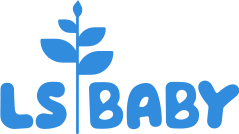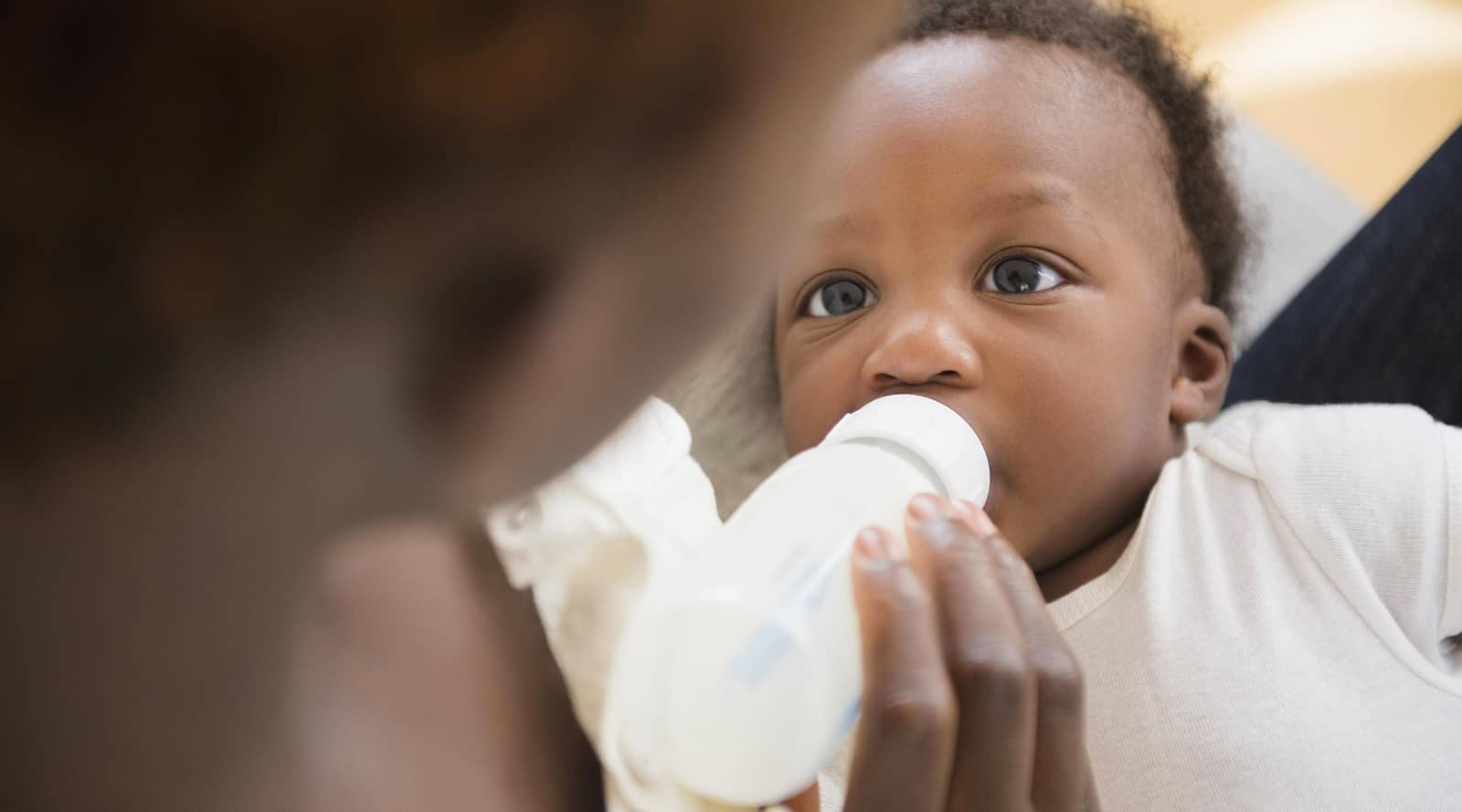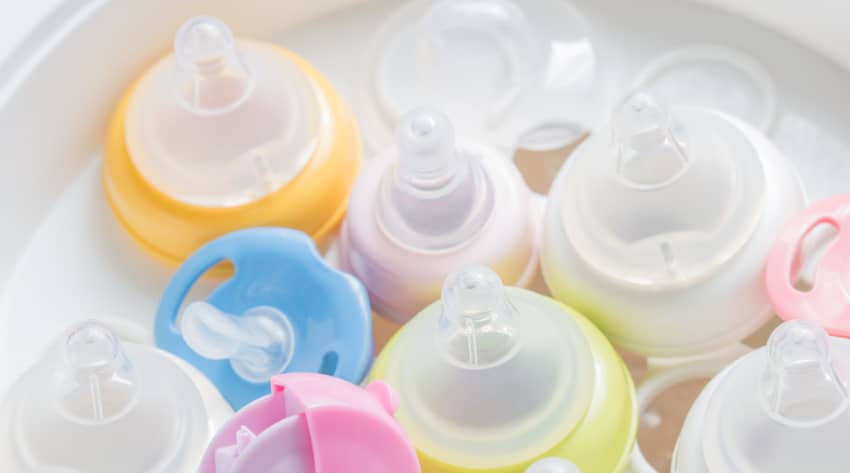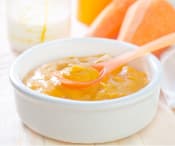When it comes to feeding your baby, you should do what's right for you and for them. Breast is best, but it's not always possible, so you mustn't feel bad or guilty if it's not working out. Ensuring your little one is happy and getting all the nutrients they need is the most important thing.
Whether you're expressing your milk, using formula or a combination of the two (combination feeding), it might take some practice. Understanding and responding to baby’s feeding cues is known as responsive feeding -these are the little signs baby makes to let you know they’re hungry or full. Our responsive feeding videos show you the most common feeding cues – this is the closest thing you’ll get to a newborn instruction manual!
However you decide to feed your baby, it is such a wonderful time to bond and feel that closeness with your gorgeous new arrival. But if you need a break, it’s a great opportunity for your partner to get some bonding time with your little one too.
There are many baby feeding equipment options and things to think about, but it doesn't have to be expensive. So, if you are wondering how to use a bottle to feed breast milk or how to formula feed, check out our bottle feeding guide below for some tips and advice. Pay attention, dads and partners; this is for you too!
Baby feeding equipment
Bottles and teats are top of the shopping list. Make sure you have enough (at least six) so that there's always some ready to go while you're sterilising the other ones. You might want to get a few extra in if you're planning on expressing milk. You could get an electric bottle warmer or breast pump, but you can express your milk by hand if you prefer. For sterilising, electric sterilisers are less hassle but they may be expensive so you could always use the boiling method to save money.
Here is a useful list of equipment below:
-
Six baby bottles
-
Six teats
-
Sterilising equipment
-
Bottle and teat cleaning brush
Bottle feeding guidelines
-
Before sterilising your baby's bottle, make sure it's been thoroughly cleaned, preferably straight after the last feed. Give the bottle and teat a wash in hot soapy water. You can buy a cheap bottle and teat brush (it's best to use these only for your baby's bottles). You can use the dishwasher too but washing them by hand or in the machine won't sterilise the bottles. Give everything a rinse before sterilising.
-
There are a few options when it comes to sterilising your little one's bottles, cold water sterilising, steam sterilising or boiling.
-
With cold water sterilising, leave all the teats, bottles and equipment in the sterilising solution for at least 30 minutes and change the solution every 24 hours. You'll need to make sure there's no air in the bottles or teats and keep a lid on everything, so all the bottles and teats are covered.
-
Steam sterilising can be done with an electric steriliser, or you can use a microwave option, keep the bottles and teats point downwards and follow all the instructions that come with the steriliser.
-
Sterilising by boiling is an inexpensive way of ensuring all your baby feeding equipment is sterilised and ready to go. Make sure the bottles and teats are safe to be boiled and put them in a large pan of boiling water for 10 minutes and that everything is under the surface of the water. Teats and bottles might not last so long using this method.
-
Make sure you've got nice clean hands before putting the bottle together. If you're formula feeding always follow the instructions on the packaging as preparation may vary. Boil a litre of fresh tap water and allow it to cool for no more than 30 minutes. Measure the required amount of water and powdered milk (see preparation instructions on the packaging) into the sterilised bottle.
-
Take a clean flask of hot water and your sterilised bottles with you if you need to feed when you're out and about.
-
Next, place the sterilised teat and cap on the bottle and shake well until powder has dissolved. Cool the bottle under cold running water or in a bowl or jug of cold water until the milk is lukewarm. Test the temperature by shaking a few drops onto the inside of your wrist before you feed it to your baby. Once your baby has had enough, pour the leftover milk or formula away. Check out our video on how to prepare a formula feed. If you’re bottle feeding breast milk or ready to use milk, you can warm it up by putting it in a jug of warm water for a few minutes, but don't be tempted to microwave it.
-
Now it's time for what will probably be your favourite time of the day, feeding your baby! It might not be quite so much fun at 3.30 in the morning, but this time is so special. You or your partner will get so much out of it and feel very close to your baby.
-
Find a nice comfy spot; some people like to put some gentle music on in the background (no heavy metal, though!) and hold your baby in the crook of your arm on your lap so that their head is supported and they can breathe and swallow comfortably.
-
Brush the teat against your baby's lips. Once they open their mouth wide with their tongue down, it's time to help them get the teat into their mouth.
-
Tilt the bottle slightly as your baby sucks, so the teat is always full of milk and not air; it prevents your baby from getting too much wind.
-
You'll see bubbles inside the bottle as your baby feeds; if you can't see any bubbles or the teat goes flat, gently move the teat around their mouth
-
And of course, never leave your baby alone to feed. Once they're done, place them carefully onto your shoulder and gently tap their backs to burp them. Don't forget to put a cloth over your shoulder to catch any sick up (you'll only forget to do this once!)
-
Now it's time to go back to step one and get ready for the next feed!
IMPORTANT NOTICE: We believe that breastfeeding is the ideal nutritional start for babies and we fully support the World Health Organization’s recommendation of exclusive breastfeeding for the first six months of life followed by the introduction of adequate nutritious complementary foods along with continued breastfeeding up to two years of age. We also recognise that breastfeeding is not always an option for parents. We recommend that you speak to your healthcare professional about how to feed your baby and seek advice on when to introduce complementary feeding. If you choose not to breastfeed, please remember that such a decision can be difficult to reverse and has social and financial implications. Introducing partial bottle-feeding will reduce the supply of breast milk. Infant formula should always be prepared, used and stored as instructed on the label in order to avoid risks to a baby’s health.









